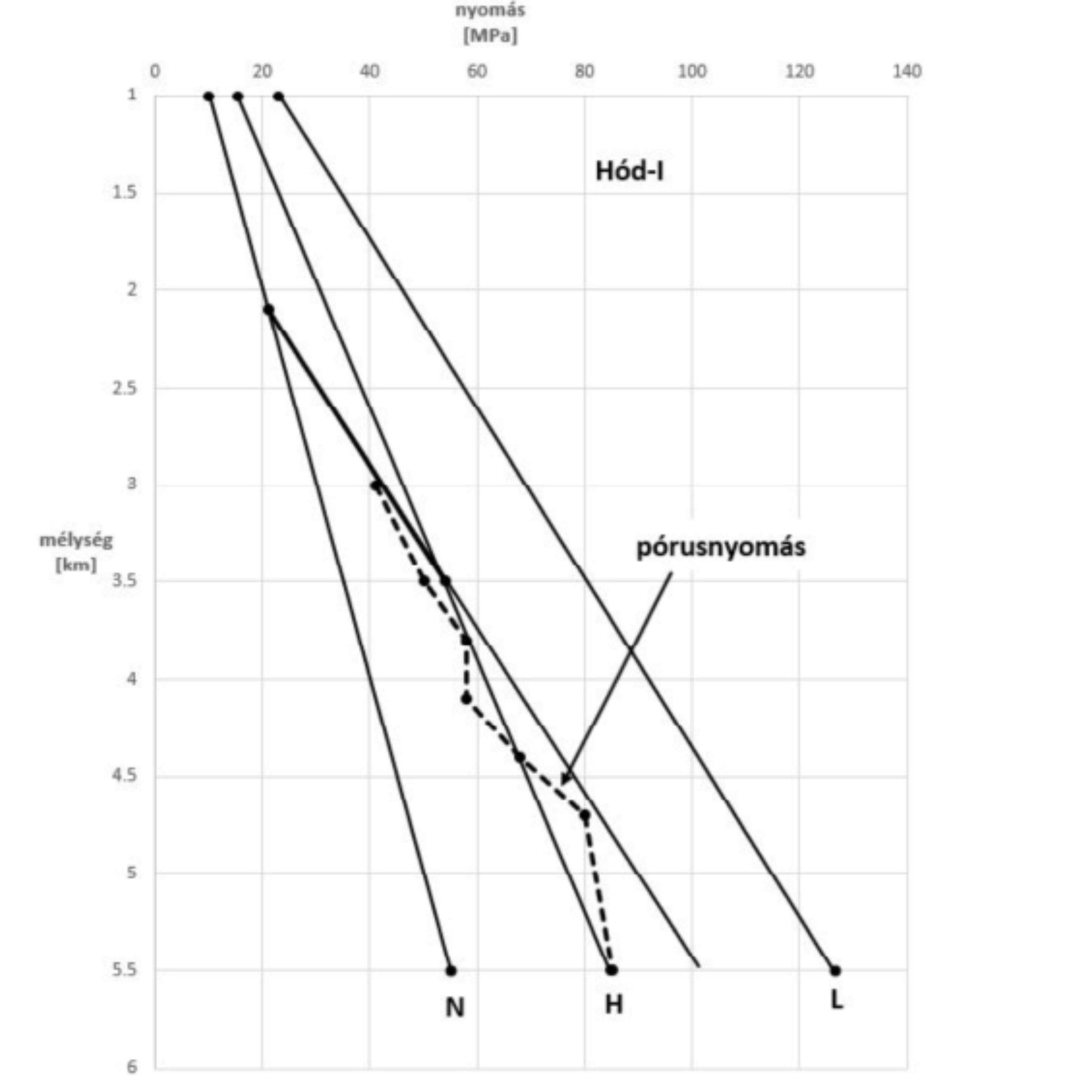Primary migration of hydrocarbons
Abstract
In this paper the author gives a summary of the primary migration of hydrocarbons taking place at shallower and greater depths. The expulsion of hydrocarbons from their sources requires rocks which are suitable in every respect (i.e. both quantity and quality). These rocks need to be at a lower thermal maturity, where the permeability of shales is still high enough to ensure that de-watering preserves the hydrostatic pressure. At greater depths, the pelites become overpressured due to their very low permeability, which does not allow the expulsion of hydrocarbons from the pores. If the overpressure reaches the actual horizontal stress, the microfracturing of shale takes place, allowing the expulsion of the generated hydrocarbons. Two examples are discussed in this study: primary migration from Middle Miocene sources and from the Endrőd Formation, respectively. It can be presumed that thin Middle Miocene sources were fractured by overpressure during the sedimentation of the Zagyva Formation. Following this event, the hydrocarbons migrated vertically to their present reservoirs at shallow depths and resulted in the Budafa and Lovászi fields. The thick Endrőd Formation proved to be a prolific source rock. However, based on the results of oil-to-source rock correlation, the hydrocarbons of this formation did not create accumulations in the Algyő structures on the western edge of the Makó-trench. It can be presumed that the microfracturing of the Endrőd Formation did not take place due to the early occurrence of overpressure. It is rather the case that the latter is associated with the generation of seals onboth the top and bottom parts of the formation.
















